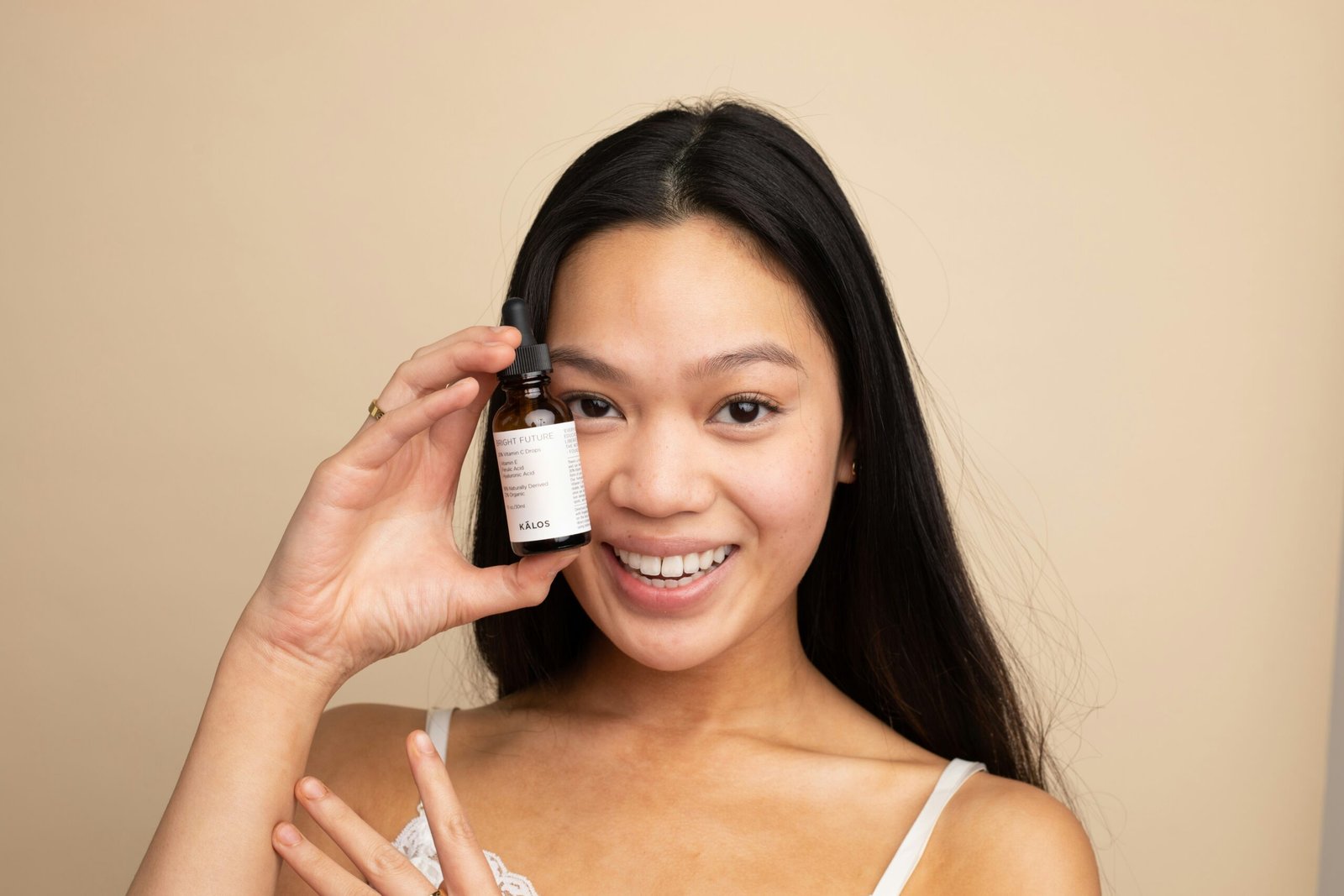Retinol isn’t just for seasoned skincare users—it can be a game-changer for beginners when introduced correctly. With the right concentration and a slow, steady approach, you can refine skin texture, boost radiance, and enjoy anti-aging benefits without irritation.
This guide covers:
- How retinol works and why it’s beginner-friendly in the right dose
- Step-by-step instructions for safe integration
- Dermatologist-recommended products
- Tips to avoid common retinol mistakes
Why Retinol Is Worth Adding to Your Routine
Retinol (a vitamin A derivative) works by speeding up cell turnover, encouraging fresh, even-toned skin to surface. It also:
- Stimulates collagen production
- Reduces fine lines and wrinkles
- Fades acne scars and pigmentation
- Improves skin texture and glow
Beginners often avoid retinol out of fear of peeling or redness—but starting low and slow prevents most side effects.
How to Safely Start Retinol as a Beginner
Dermatologists recommend the “low concentration, low frequency” method:
1. Choose the Right Strength
- Start with 0.01%–0.03% retinol or a gentler retinyl palmitate.
- Avoid high percentages until your skin has built tolerance.
2. Start Slowly
- Use 1–2 nights per week at first.
- Follow the 1-2-3 rule:
- 1x weekly for the first week
- 2x weekly for the next two weeks
- 3x weekly for the next three weeks
3. Apply Correctly
- Cleanse your face and pat dry.
- Apply a pea-sized amount to the entire face, avoiding the eye area.
- Follow with a hydrating moisturizer to buffer potential dryness.
4. Pair With Soothing Ingredients
- Look for formulas with niacinamide, hyaluronic acid, or ceramides to strengthen your skin barrier.
Best Retinol Serums for Beginners
Here are dermatologist-approved and highly rated options suitable for first-time users:
1. CeraVe Resurfacing Retinol Serum (0.1% encapsulated retinol)
- Contains niacinamide + ceramides for barrier support.
- Gentle enough for sensitive and acne-prone skin.
- Best for: Improving texture and fading post-acne marks.
2. La Roche-Posay Redermic R Retinol Serum (0.3% retinol blend)
- Gradual-release formula to minimize irritation.
- Includes soothing thermal spring water.
- Best for: Early fine lines and uneven tone.
3. The Ordinary Retinol 0.2% in Squalane
- Budget-friendly starter option.
- Squalane base provides hydration while delivering retinol.
- Best for: Dry skin types seeking a gentle retinol start.
4. Olay Regenerist Retinol 24 Night Serum (retinol + retinyl propionate)
- Fragrance-free and deeply hydrating.
- Delivers visible smoothness within 4 weeks.
- Best for: Beginners who want both anti-aging and glow.
5. Paula’s Choice Clinical 0.3% Retinol + 2% Bakuchiol
- Combines retinol with plant-based bakuchiol for extra firmness.
- Best for: Preventing signs of aging while avoiding harshness.
Tips to Avoid Irritation
- Buffer method: Apply moisturizer before and after retinol to reduce dryness.
- Avoid over-exfoliation: Don’t combine retinol with strong acids on the same night.
- SPF is non-negotiable: Retinol increases sun sensitivity, so wear sunscreen daily.
- Pause during flare-ups: If you experience redness or flaking, skip a few days before resuming.
When to Expect Results
- Weeks 4–6 – Noticeable improvement in texture and glow.
- Weeks 8–12 – Reduced fine lines, smoother skin tone.
- Long-term – Continued collagen support for firmer skin.
FAQs
Q: What’s the safest retinol percentage for beginners?
A: 0.01%–0.03% retinol, or even retinyl palmitate for ultra-sensitive skin.
Q: Can beginners use retinol daily?
A: Not at first—start with 1–2 nights weekly, then increase slowly.
Q: What should I not mix with retinol?
A: Avoid using strong exfoliating acids or vitamin C at the same time (use them on alternate days).
Q: How do I know if my skin is adjusting well?
A: Mild dryness is normal; severe peeling or burning means you should slow down.
Key Takeaways
- Retinol is safe for beginners if used at the right strength and frequency.
- Pair with hydrating, barrier-supporting ingredients to prevent irritation.
- Choose gentle, dermatologist-recommended products for the best start.
By following a measured, consistent routine, you’ll build skin tolerance, see gradual improvements, and set the stage for long-term skin health and radiance.







